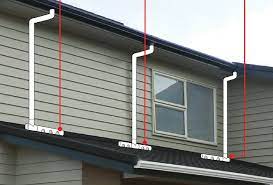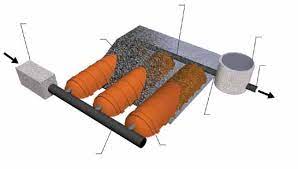
 1
1




 4
4





John Daley Bendigo, Australia The Enemy of progress is the hope of a perfect plan
Benefits of rainfall collection https://permies.com/t/88043/benefits-rainfall-collection
GOOD DEBT/ BAD DEBT https://permies.com/t/179218/mortgages-good-debt-bad-debt
 1
1




 2
2




Visit Redhawk's soil series: https://permies.com/wiki/redhawk-soil
How permies.com works: https://permies.com/wiki/34193/permies-works-links-threads
 2
2




1- I would insert that bit you have sitting in the photo permanently. - I did this but with a downpour it would still splash water every where. Am referring to the blue highlighted piece.
2- that lower roof looks very short, is it? Because you may not get much water from it anyway.- yes its about 2ft and does not help a bit with catching any water.
3- What are you using the water for? - Vegetable beds only.
4- If you fit a gutter baffle to stop the water spilling over it may go backwards and inside the eave.- Yes.
5- Fit a downpipe spreader- have not tried this. Might be a good idea but then again when it pours the outcome may be the same with water running over the gutter below considering the 2ft roof span for it to flow.
John Daley Bendigo, Australia The Enemy of progress is the hope of a perfect plan
Benefits of rainfall collection https://permies.com/t/88043/benefits-rainfall-collection
GOOD DEBT/ BAD DEBT https://permies.com/t/179218/mortgages-good-debt-bad-debt








 4
4




Bvard Vis wrote:The overflow is a 2" pvc pipe leading into a 3" pipe that diverts the water away from the house.
The reason for this 2" overflow is because the valve on the IBC totes is 2".
Trees are our friends
 2
2





John Daley Bendigo, Australia The Enemy of progress is the hope of a perfect plan
Benefits of rainfall collection https://permies.com/t/88043/benefits-rainfall-collection
GOOD DEBT/ BAD DEBT https://permies.com/t/179218/mortgages-good-debt-bad-debt

|
Stinging nettles are edible. But I really want to see you try to eat this tiny ad:
The new kickstarter is now live!
https://www.kickstarter.com/projects/paulwheaton/garden-cards
|



